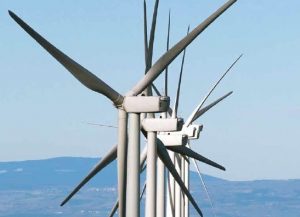Certain South Asian countries are due to benefit from resource sharing with neighboring nations, as power grids are planned to help spread the growing electricity demand in the region, according to energy expert GBI Research.
The new report states that the continuously increasing demand for power is stemming from rapid industrialization and commercialization in the South Asian region, with the resulting imbalance in the electrical demand and supply scenario representing the main driving force behind the growing power sector in South Asian Association for Regional Cooperation (SAARC) countries. The major SAARC countries in terms of power demand include India, Pakistan, Afghanistan, Bangladesh, Bhutan, Nepal and Sri Lanka.
SAARC member countries are also planning to trade electricity with one another, with plans underway to develop a robust cross-country power grid. Plans are also underway to set up 200km of submarine cables between India and Sri Lanka to deliver 1,000 megawatts (MW) of electricity. Import and export of power between SAARC countries at competitive rates will act to support the region, offering aid in cases of power deficits in any member country. Some cross-border trade is already in place, with Bhutan exporting around 1,200-1,400MW of electricity to India’s power grid.
The power markets of almost all SAARC member countries are regulated by state powers and, some private players are present in the generation and transmission segment, the sector is currently largely closed to competition. However, increasing electricity demands and a need to improve power infrastructure has led governments in SAARC countries to formulate lucrative policies offering incentives to private players for their investment.
The power market in many SAARC countries now invites Foreign Direct Investment (FDI), which will assist countries in developing better infrastructure, providing a more reliable power supply to its citizens and minimizing power shortages.
The cumulative installed capacity for power in the major SAARC countries is expected to grow at a compound annual growth rate (CAGR) of 8.6% to reach 505.7 gigawatts (GW) in 2020. Thermal resource based installed capacity is expected to grow at a CAGR of 5.8%, while renewable and hydro sources are expected to grow at respective CAGRs of 16.9% and 9.3% doing the next decade. Nuclear power installed capacity is also expected to grow at a CAGR of 17.6% throughout 2012-2020.



























